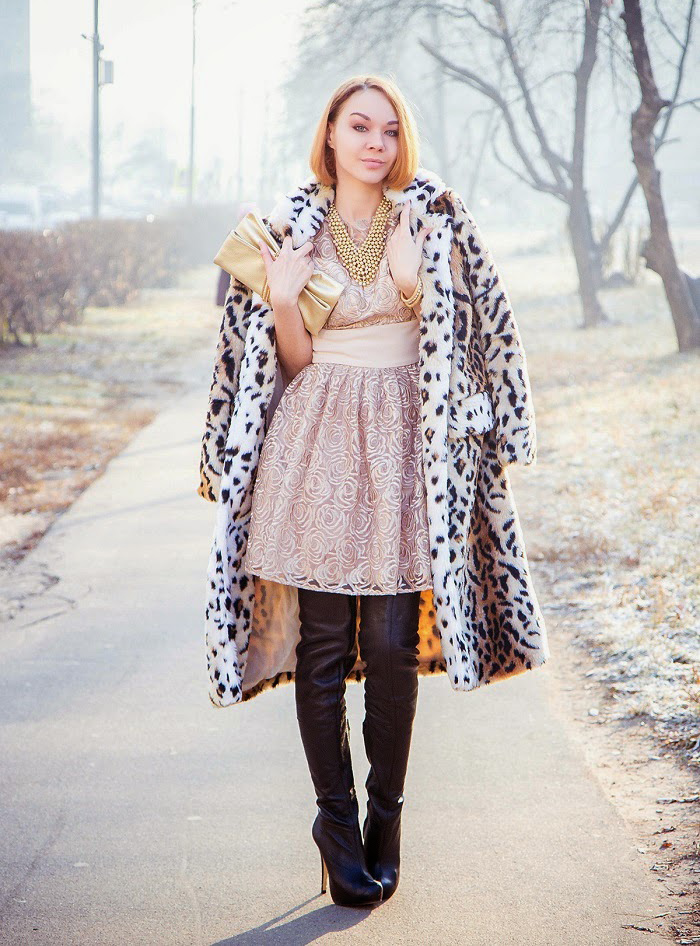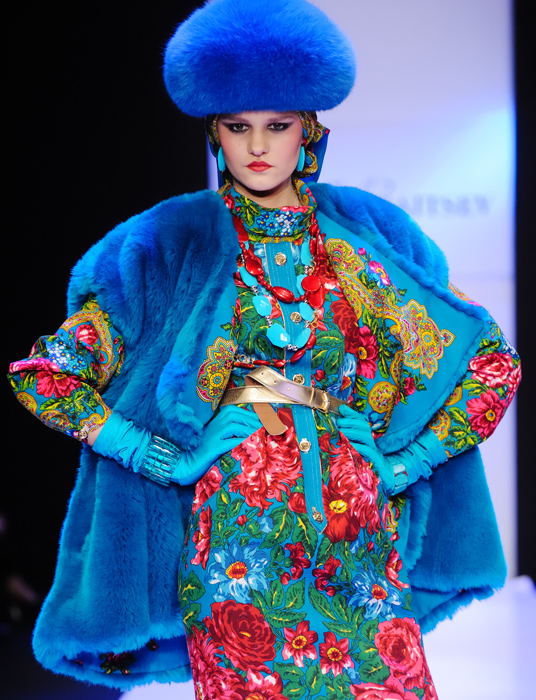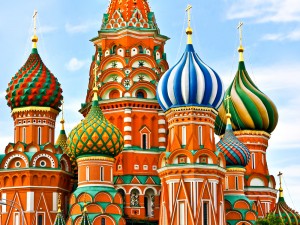Fine feathers
… make fine birds. This saying is more accurate in Russia than anywhere else. We take a closer look at the Russian fashion industry in order to understand the Russians’ love for (shiny) clothes.
Russia is the largest country in the world. Great Britain would fit in Russia more than 70 times! Hence, it does not come as a surprise that, from smaller countries’ perspectives, Russians are obsessed with big things. Just like Americans—USA is the third largest country in the world—Russians drive big cars, like to build big houses, and desire to make big money. But, contrary to Americans, Russians also like to dress well. The sight of a woman going to a store wearing a tracksuit or bathrobe, which is quite a daily occurrence on the streets of LA, would be unthinkable in Moscow or Saint Petersburg.
“Good apparel opens every door.” This Russian saying perfectly reflects the importance that Russians attach to their clothes. On the other hand, the stereotype of a Russian tourist entering the restaurant of an elegant seaside resort wearing a bathing suit and flip-flops is still quite widespread. Although Russians are often accused of bad taste and lavishness, they also have a significant impact on global fashion trends. We decided to find out why.

Russian fashion blogger gvozdiShe

Slava Zaitsev is one of the most famous Russian fashion designers
The clothing industry in Russia is a significant business. It enjoys interest from both mainstream chain brands, e.g., Zara and H&M, and the largest fashion houses (Russia’s favourite brands are Chanel, Louis Vuitton, and Dolce&Gabbana), while the local designer clothes market has been increasing from year to year. In early 2014, the Russian fashion market was still considered to have the highest development potential in the world.
On the other hand, Russia is still a relatively poor country. In 2013 almost one third of the household budget of an average Russian was spent on food. For comparison, food expenses in the USA make up just 6% of monthly spending. However, while Americans spend their resources on home and car maintenance, Russians earmark almost 10% of their household budget for clothes compared to Americans’ 4%.
Unlike in the West, where a corporate manager wearing denim jeans and sports footwear does not surprise anyone, in Russia apparel has remained one of the main symbols of status as well as one’s material and cultural aspirations. For Russians, the saying “fine feathers make fine birds” is still valid. In official situations clothes are used to emphasise one’s wealth and social position. The hero from Gogol’s short story is a great example, a poor, low-ranked official, who (with tragic consequences) borrows money to buy a decent coat because he wants to improve his social status.
Nowadays, some premium brands, like Gucci or Dolce&Gabbana, create separate collections dedicated to Russian consumers. Such products usually come with a more prominently displayed brand logo and louder colours, so that the wearer’s social status can be recognised from afar. In 2013, the Russian market of premium clothes and accessories accounted for about 8% of the country’s clothes market, which is worth about USD 54 billion. When the Russian rouble collapsed toward the end of last year, large numbers of Russians bought up Tiffany rings and Cartier watches, treating them as secure investments.
Russians’ great love for fashion, branded clothes, and glittering accessories has its roots in the country’s history. During the sixty plus years of the Soviet Union, most Russians dressed the same—grey and poorly. This was mainly because of the absence of goods in stores and a ban on trade with the West. Previously, however, Russian style was determined by the Tsar’s court, which was abundant with gold and splendour. Today, Russians long for imperial greatness and are trying to catch up for the lost decades.
At Inquiry Market Research we conduct research studies across all CEE markets. Our clients are both retail chains and manufacturers from the fashion industry. Click here for more information.

